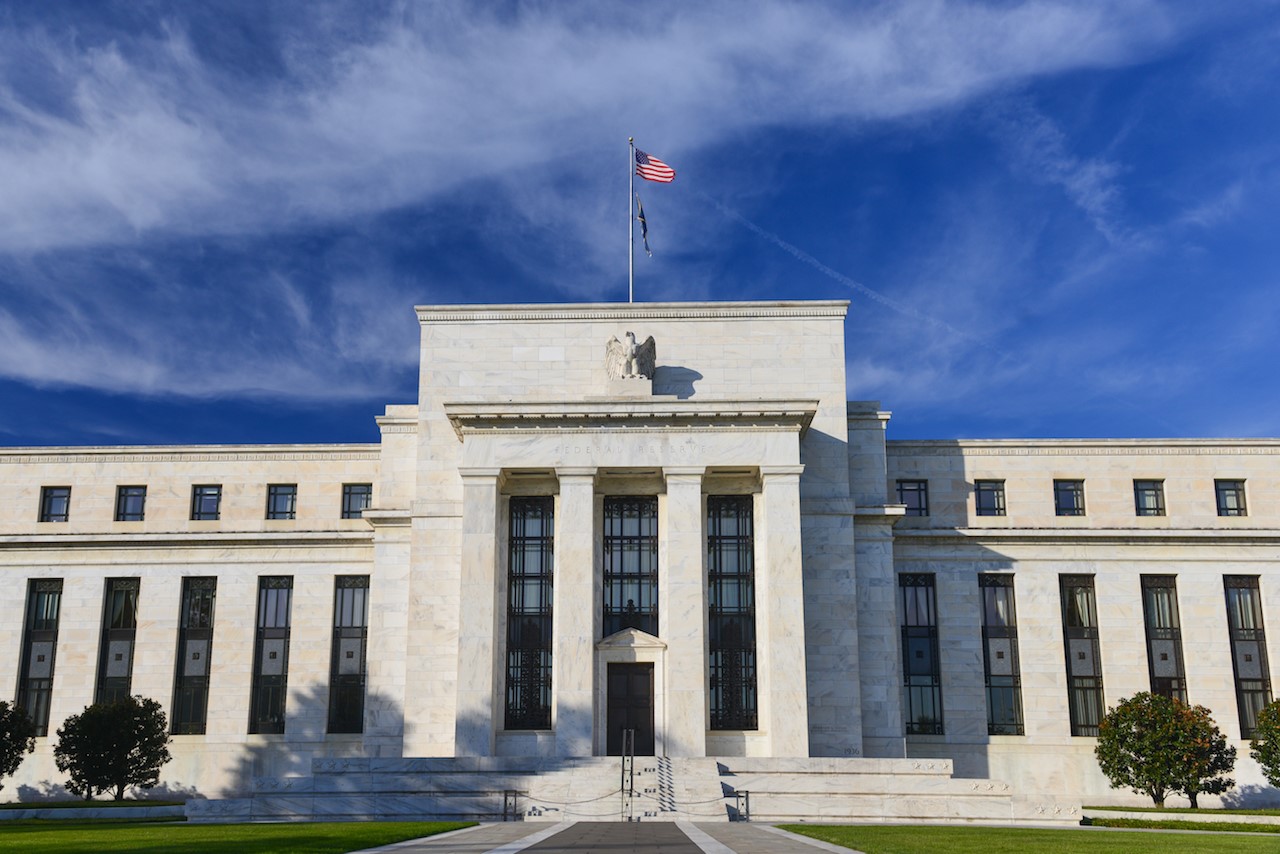Big jobs number clears path for rate hike
After an encouraging sign of employment growth Friday morning, we're now in wait-and-see mode on a potential Federal Reserve rate increase on Wednesday.
The Fed's Open Market Committee meets in Washington next week to discuss monetary policy, and while not guaranteed, most observers believe a rate increase is becoming more and more likely.
Friday morning we learned employers added 235,000 new jobs to the U.S. economy in February, a robust gain that surpassed expectations of how the labor market would fare within the first full month of Donald Trump's presidency.
Nonfarm payroll data, released Friday, shows that the unemployment rate fell to 4.7 percent last month, down from 4.8 percent in January and 4.9 percent a year earlier. Average hourly earnings for employees increased by 6 cents to $26.09, on the heels of a 5-cent increase in January.

Perhaps the most encouraging sign was the jump in the workforce participation rate. This years-long issue reversed course in February as more Americans participated in the work force since 2009.
Industries that saw the most significant workforce gains include manufacturing, construction, healthcare and private educational services.
The unexpected lift could pave the way for the Federal Reserve to raise interest rates this month — an idea analysts and observers have mulled for weeks in anticipation of the Fed's meeting March 14-15. Recent reports of rising consumer prices and economic optimism prompted Fed officials in recent speeches to float the prospect of a sooner-than-later rate hike.
The one key piece of evidence analysts have been waiting on was today's jobs report. It did nothing to change the narrative of an improving economy. That increased confidence may prompt the Fed to raise rates if policymakers feel the economy is steady enough to withstand a rate hike. Had the jobs report been ho-hum or, worse, negative, the Fed would have had reason to hold off on raising rates.

Since that's not the case, a rate hike is very likely.
For the mortgage industry, a March increase won't be a major shock — unless you've been clinging to hope for a refinance encore. The Fed for months has communicated intentions to raise rates up to three times in 2017, after just one small increase last year. That knowledge, plus the rise in equities, has allowed the market to anticipate the coming rate hikes and price itself accordingly.
Average mortgage rates this week already hit a high on average for the year before the jobs data was released, according to Freddie Mac's weekly survey. The yield on 10-Year Treasurys, which hit 2.6% earlier this week, backed up to about 2.57% on Friday afternoon.


